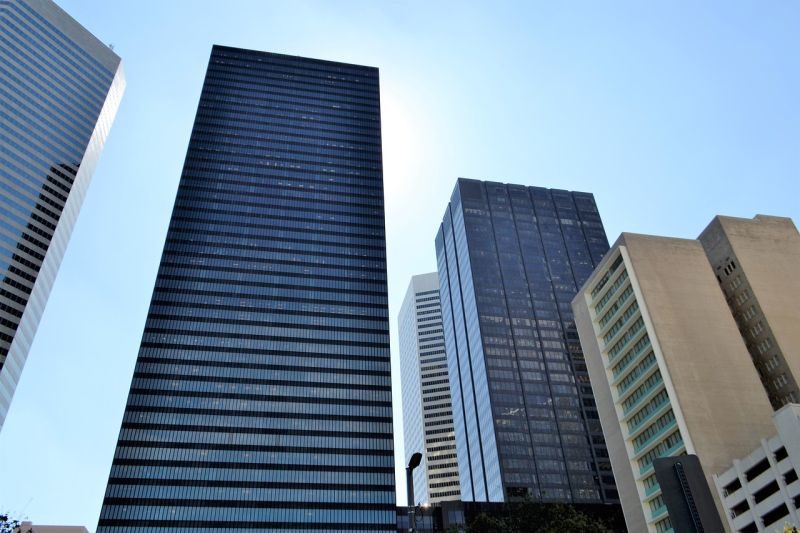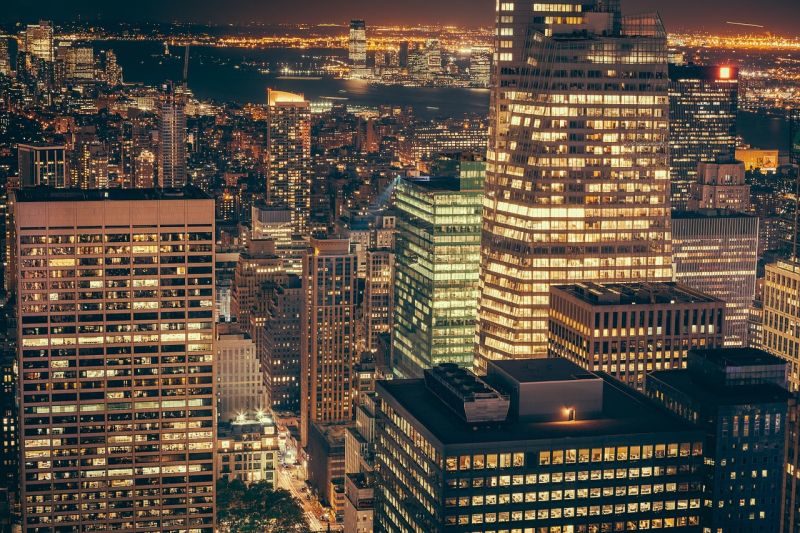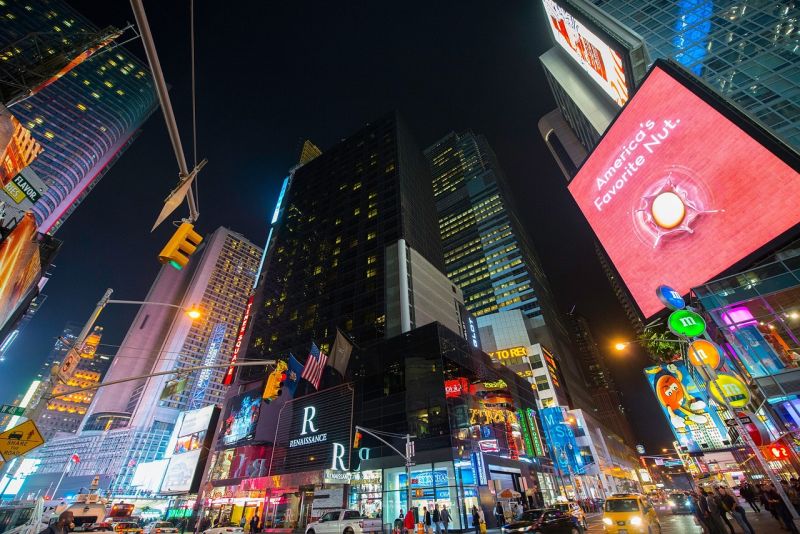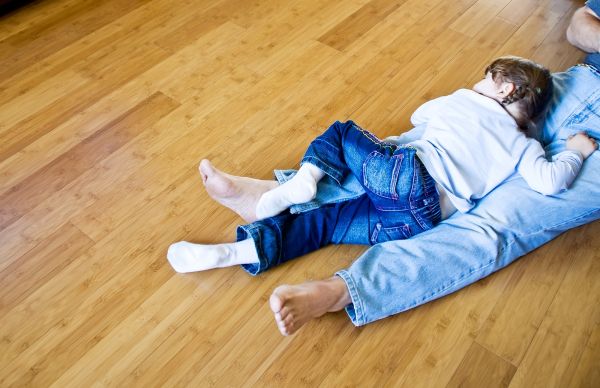Over the last years, we have all heard a lot about green buildings, LEED, and sustainable design principles, but in these days, you may also hear about resilient building design. In this article, we will take a look at what resilience design actually is and we will compare its strategies with sustainable design principles and LEED requirements.
What is resilience?
 Resilience is the capacity to prepare and adapt to adverse events, disturbances, and stress and the ability to recover.
Resilience is the capacity to prepare and adapt to adverse events, disturbances, and stress and the ability to recover.
What is resilient building design?
Resilient building design is creating structures that can respond to natural and manmade disasters and adverse events. Designing for resiliency includes preparing and recovering from regional events such as flooding, intense storms, wildfires, power and water outages.
How can resilient design be achieved?
As noted, resilient buildings should be able to recover from harsh conditions and be able to operate with their own resources. In order to establish that goal, resilient buildings should first employ sustainable design principles, which improves building performance and reduce a building’s negative impacts on the environment. Sustainable design principles include increasing energy and water efficiency, reducing waste, improving indoor air quality, using environmentally preferable products, conducting a site assessment to optimize the site potential, continuously optimizing operational and maintenance practices, and reducing carbon footprint of the building.
Similarities between resilient design and sustainable design
Even though sustainable design and resilient building design can be considered as two completely different things, actually they have a lot in common. As we go through the resilient building design principles, we will also mention about the corresponding sustainable design principles and LEED requirements.
A resilient building is expected withstand flooding. With the Sensitive Land Protection credit, LEED also encourages buildings to be located outside the floodplains. How can you expect a building to withstand flooding inside floodplain? After the building location is carefully chosen, the next step should be to enhance its design to withstand from flooding caused by climate change.
Energy use in resilient buildings
A resilient building should be able to maintain habitable temperatures even during an extended power outage. This requires greater insulation levels (as is the case for green buildings) and generating on-site renewable energy (which is also encouraged by LEED with the Renewable Energy Production credit).
Material selection for resilient buildings and LEED
 Using durable materials is also a must for resilient design, which will make a great impact on keeping the building performance at the desired level even in tough conditions. Using durable materials is also encouraged by LEED. As durable materials have a longer life span and need less frequent replacement, the environmental cost of producing new materials will also be eliminated.
Using durable materials is also a must for resilient design, which will make a great impact on keeping the building performance at the desired level even in tough conditions. Using durable materials is also encouraged by LEED. As durable materials have a longer life span and need less frequent replacement, the environmental cost of producing new materials will also be eliminated.
Water efficiency in resilient buildings and LEED
Designing buildings with greater water efficiency is another aspect that both the resilient buildings and green buildings should establish. As our water supplies are decreasing each passing day, every building must use water wisely. And LEED has a whole credit category, Water Efficiency, that contains different prerequisites and credits that address different water systems in the building.
Reducing energy consumption with daylighting
Every building should be designed to use daylighting efficiently. Buildings that are carefully positioned and designed to use daylighting will need less energy and therefore also cause less harm to nature. With the Daylight credit, LEED also encourages projects to effectively use daylighting, at the same time imposing additional requirements to avoid glare that excessive daylighting can cause.
Rainwater management considerations for resilient buildings and LEED
Rainwater management strategies should also be implemented in order to avoid overwhelming of the municipal storm sewer system. As is the case for both green buildings and resilient buildings, all buildings should contain the least amount of impervious surfaces. Additionally, the rainwater that falls onto the pervious surfaces should be collected and retained. LEED also has a credit named Rainwater Management, which encourages projects to employ low-impact development strategies to manage stormwater closest to its source.
In order to recover from the effect that mother nature imposes on buildings, the designers and builders need to take serious actions. If you want to know more about resilient design by also learning about sustainable design strategies, consider enrolling in a LEED Green Associate training and earning a LEED Green Associate credential, which is also the prerequisite for all the LEED Accredited Professional credentials.
Author: A. Togay Koralturk
Author of LEED Complete Study Guides
LEEDUCATE Inc. | Online LEED Training Provider
Article Submitted By Community Writer



